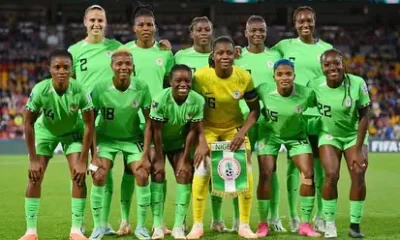News
Japan’s antitrust watchdog launches risk study into generative

Business
“I generate about 15% of the electricity used in Nigeria” – Davido’s dad, Adedeji Adeleke, reveals as he announces he is building the largest thermal power plant in the country, valued at $2 billion and set to launch in January 2025.
Business
Nigeria’s foreign reserves rose to $39bn in October – Cardoso
Business
How to Construct a Poultry House
-

 Politics8 months ago
Politics8 months agoNigerian Senate passes Bill seeking the establishment of the South East Development Commission.
-

 Business8 months ago
Business8 months agoInflation hits record high of 29.90% on naira weakness
-

 Politics4 months ago
Politics4 months agoBREAKING: Federal Gov’t Offers To Pay Above N60,000, Reaches Agreement With Labour
-

 SportsNews7 months ago
SportsNews7 months agoOlympic Qualifiers 2024: CAF Confirms Dates For Super Falcons Vs Banyana Banyana
-

 Politics7 months ago
Politics7 months agoGovernor Hope Uzodinma’s New Cabinet In Imo: The Gainers, The Losers
-

 Entertainment8 months ago
Entertainment8 months agoAmerican Singer Beyonce makes history as first Black woman to top country chart
-

 Politics4 months ago
Politics4 months agoBREAKING: Organized Labour suspends strike for one week.
-

 Business8 months ago
Business8 months agoReasons we cannot sell cement below N7,000, by Dangote, Bua, Lafarge













